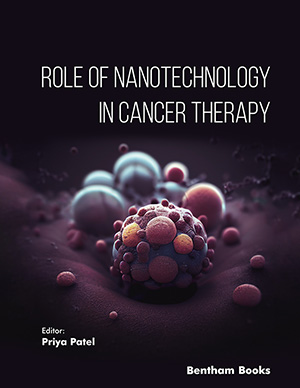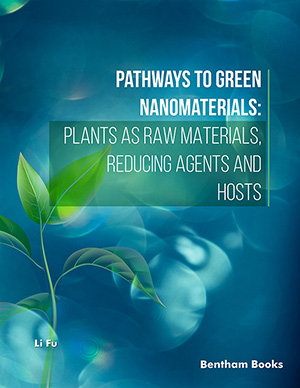Abstract
Background: Atleast once in life everyone experience different kinds of dermal diseases and the conventional dosage forms having a high rate of side effects. The discussed method is a better and alternative approach in case of patients’ compliance and sustained drug release.
Objective: The objectives of this study are to prepare solid dispersion for enhancement of solubility of roxithromycin, encapsulation of solid dispersion into microspheres, decreased dose frequency, sustained release and incorporation of microspheres in in situ gel for easy utilization and adherence over the skin in microbial infection.
Methods: Solid dispersion of roxithromycin and HPMC at a ratio of 1:1 was prepared by the melting method, and solubility was measured by in vitro dissolution rate. On the basis of 3² factorial design, 9 different formulations were evaluated by % drug release, particle size, and % entrapment efficiency. Lastly, in situ gel was prepared by a cold method, which was evaluated through gelling time and temperature; in vitro gelation method.
Results: The solid dispersion was found to have a 1.3 times higher solubility than pure roxithromycin as proven by in vitro drug release. Whereas, microsphere MF-9 was selected as the best formulation via drug release (87.81%), entrapment efficiency (91.223%), % yield (86.681), and particle size (110μm). In-situ gel MIG-5 was selected as the best formulation on the basis of drug content (89.326±0.564), viscosity (9551.666 ± 6.233), and gelling time (25.333±2.054).
Conclusion: Solid dispersion was prepared successfully with higher solubility than the pure drug. Microspheres have shown sustained drug release and in situ gels have a good adhesive property and MIG-5 further enhances the sustained drug release behaviour.
Keywords: Chitosan, roxithromycin, transdermal delivery, solid dispersion, microspheres, in-situ gel system.
[http://dx.doi.org/10.1111/j.1525-1470.1987.tb00776.x] [PMID: 3122189]
[http://dx.doi.org/10.1016/S0095-4543(05)70207-4] [PMID: 10815055]
[http://dx.doi.org/10.1016/S0190-9622(89)80011-8] [PMID: 2913075]
[http://dx.doi.org/10.1016/S0738-081X(00)00156-5] [PMID: 11173202]
[http://dx.doi.org/10.1111/j.1525-1470.2011.01700.x] [PMID: 22299710]
[http://dx.doi.org/10.3928/0090-4481-19930401-07] [PMID: 8510990]
[http://dx.doi.org/10.1111/j.1525-1470.1997.tb00235.x] [PMID: 9192410]
[PMID: 9835957]
[http://dx.doi.org/10.1111/j.1346-8138.1999.tb03474.x] [PMID: 10380429]
[PMID: 21607191]
[http://dx.doi.org/10.4103/2230-973X.127738] [PMID: 24678460]
[http://dx.doi.org/10.1080/10717540590889781] [PMID: 15801720]
[http://dx.doi.org/10.3109/21691401.2015.1012260] [PMID: 25749276]
[http://dx.doi.org/10.1016/j.jom.2008.03.009]
[http://dx.doi.org/10.2174/157489110791233522] [PMID: 20429870]
[http://dx.doi.org/10.18869/acadpub.pbr.3.1.22]
[http://dx.doi.org/10.7324/JAPS.2012.21031]
[http://dx.doi.org/10.1080/10837450601166577] [PMID: 17484143]
[http://dx.doi.org/10.22037/IJPR.2015.1725] [PMID: 26664367]
[http://dx.doi.org/10.30750/ijpbr.5.3.2]
[http://dx.doi.org/10.1208/s12249-008-9079-z] [PMID: 18459056]
[http://dx.doi.org/10.1248/yakushi.126.657] [PMID: 16880724]
[http://dx.doi.org/10.1016/S0021-9673(01)01142-6] [PMID: 11681581]
[http://dx.doi.org/10.1080/02652040050161765] [PMID: 11063424]
[http://dx.doi.org/10.1021/ma00140a023]
[http://dx.doi.org/10.24092/CRPS.2018.080203]
[http://dx.doi.org/10.1016/j.ijpharm.2006.12.038] [PMID: 17254725]
[http://dx.doi.org/10.1515/jbcpp-2019-0249]
[http://dx.doi.org/10.7324/JAPS.2013.30330]


























